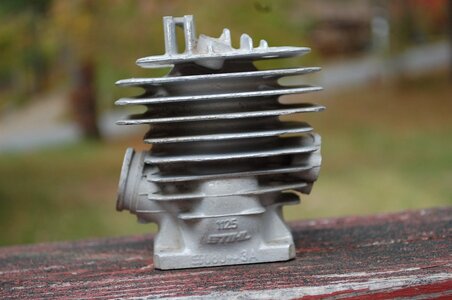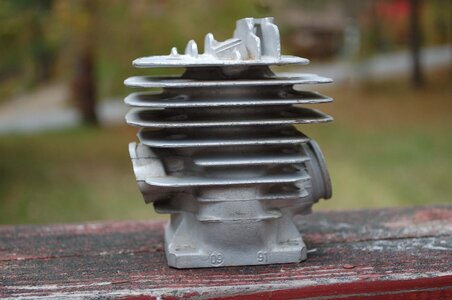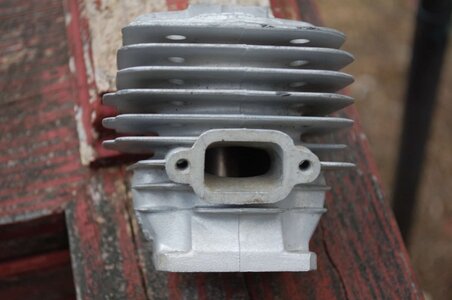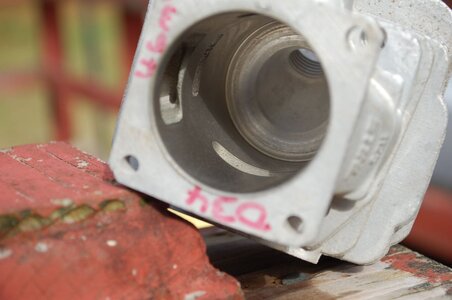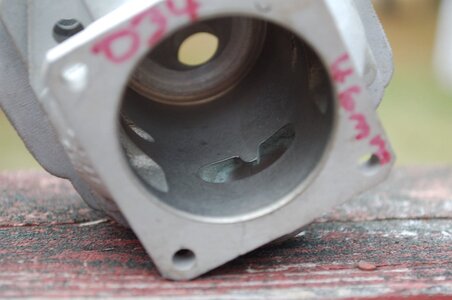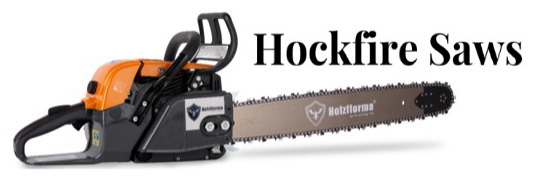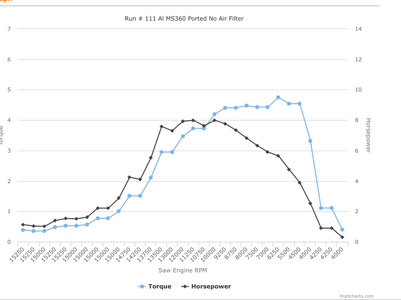Yes.
These little saw engines violate rules often though. They can be total head scratchers for reasons I still can’t understand.
What works for 2T motorcycle engines doesn’t necessarily work for a chainsaw engine and vica versa. Same applies to 4T motors.
Despite everything one learns in theory, sometimes you do something that’s an improvement or detriment to the saws power that makes absolutely no sense. It makes one pause and rethink theory.
I like an intake port that’s comfortably wide and doesn’t leave much piston skirt showing at TDC. There are some saws where I just won’t touch it. It’s sufficiently large for the saw stock. I try to keep them tight now. As the biggest rate limiting part of laminar flow s the radius of the tube, it makes little sense to go much larger than the carb bore size, especially when the Venturi is tight.
Also, the intake timing has to be different on saws with tiny carbs, different case volumes, different transfer size and layout, etc…
It’s what keeps it interesting.
